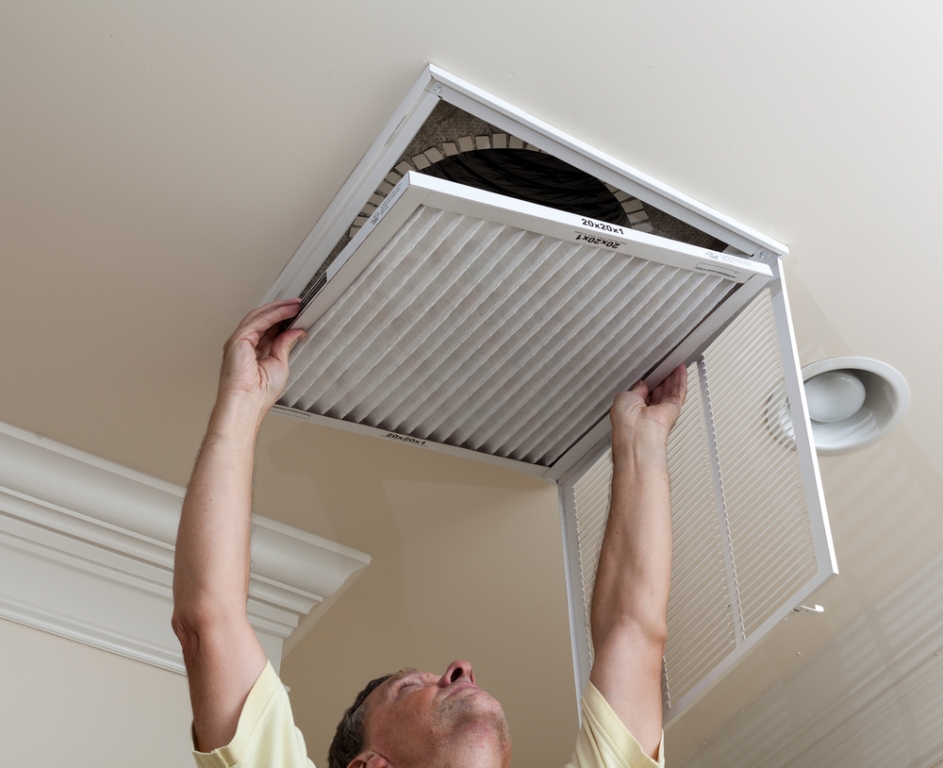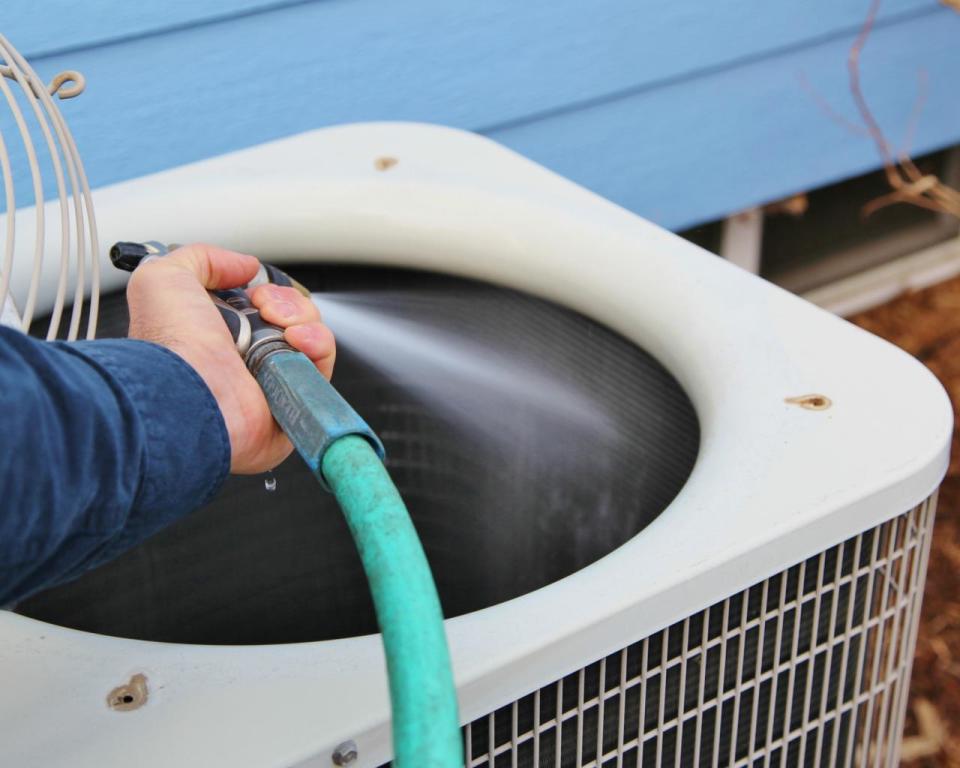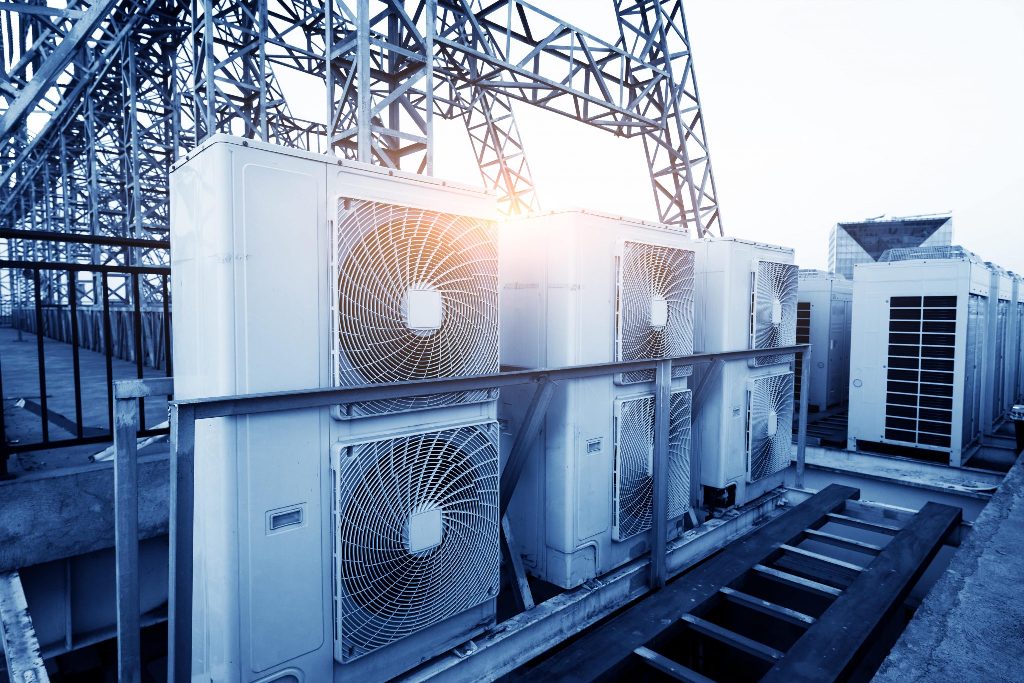Coping with the cooler fall and winter temperatures can become an uphill battle for those who fail to maintain their HVAC equipment. While there are always situations where heating and cooling emergency repairs may be the only viable option, preventative maintenance can go a long way towards keeping your climate control system free of issues. Proper maintenance and upkeep can also help to extend the operational lifespan of your equipment.
Staying warm throughout the fall and winter months is not an issue that you can afford to leave up to chance.
Changing Air Filters
HVAC filters are a crucial part of the climate control system. Filters work to remove the dust, pollen and other debris that might otherwise be free to circulate throughout the home. Filters capture particulate and debris which can help to improve indoor air quality, especially in homes where dust, pet fur or seasonal pollen may be a problem.

Replacing Worn Weatherstripping
Weatherstripping serves to create a tight seal around door and window frames to minimize unwanted heat transfer. Worn weatherstripping can create a drafty environment or lead to increased heating and cooling costs. Performing a seasonal inspection on all weatherstripping ensures that you can identify and replace any materials that have worn out or become damaged.
Operating Vents
Closing the vent in any rooms or areas of the home that you expect to remain unoccupied for any length of time can allow for more efficient and cost-effective heating and cooling. Testing to make sure all vents can open and close correctly is another aspect of seasonal maintenance that homeowners should always perform. A stuck or broken vent could make it more challenging to maintain a comfortable temperature and may even place additional strain on fans, compressors and other essential components that may require heating and cooling emergency repairs in the event of a breakdown.
Maintaining Outdoor Equipment
Snow, leaves and other debris that may begin to accumulate around exterior HVAC equipment could begin to impair performance. Clearing the unit of all debris and inspecting it for signs of damage can minimize the chance of a breakdown or other mechanical issues. Dead leaves and other debris that may have become lodged in the unit itself could lead to severe problems. Preventative maintenance may require only a fraction of the effort or cost needed to repair the equipment should a problem develop.

Testing the Thermostat
A faulty thermostat can cause all kinds of problems. Climate control systems that are unable to provide the level of performance that homeowners have come to expect may be suffering from a bad thermostat. Other signs that there may be a problem include a sudden increase in heating or cooling costs as well as being unable to activate the system or having equipment switch on when not needed. Replacing a bad thermostat is the most straightforward heating and cooling emergency repair to perform, but it can also have a tremendous impact on the overall performance and dependability of the system.






